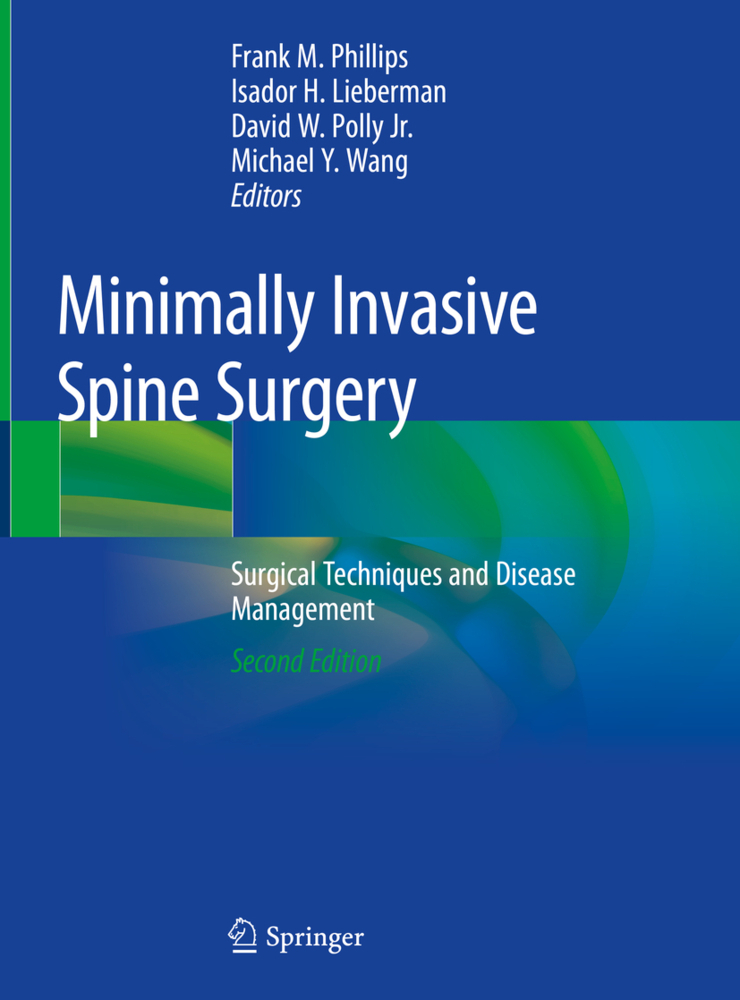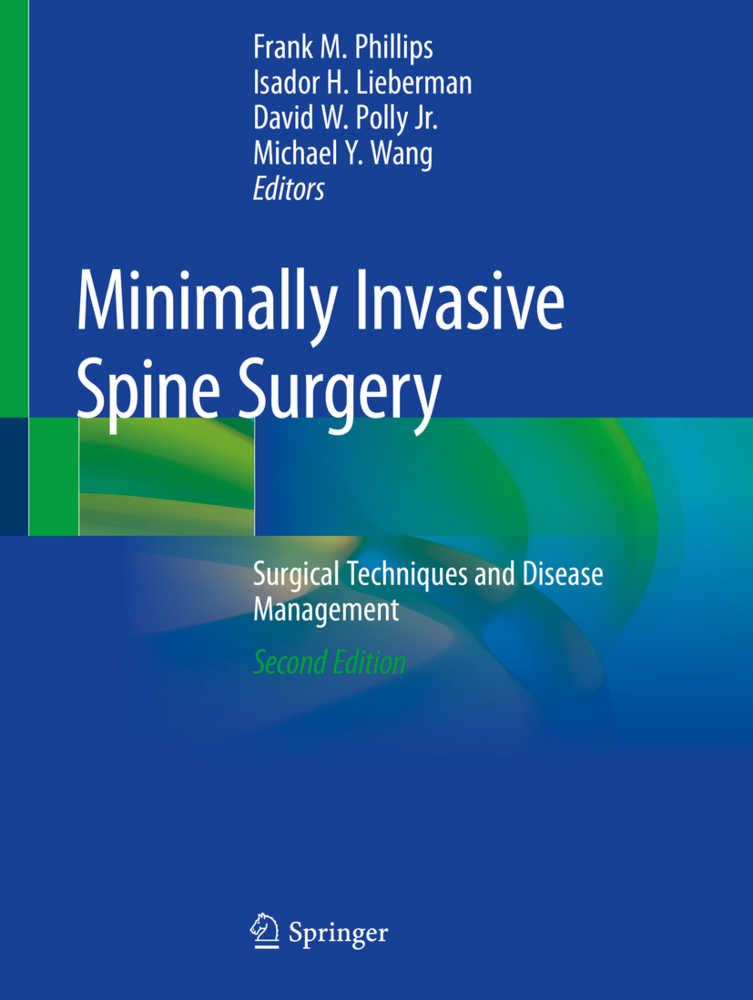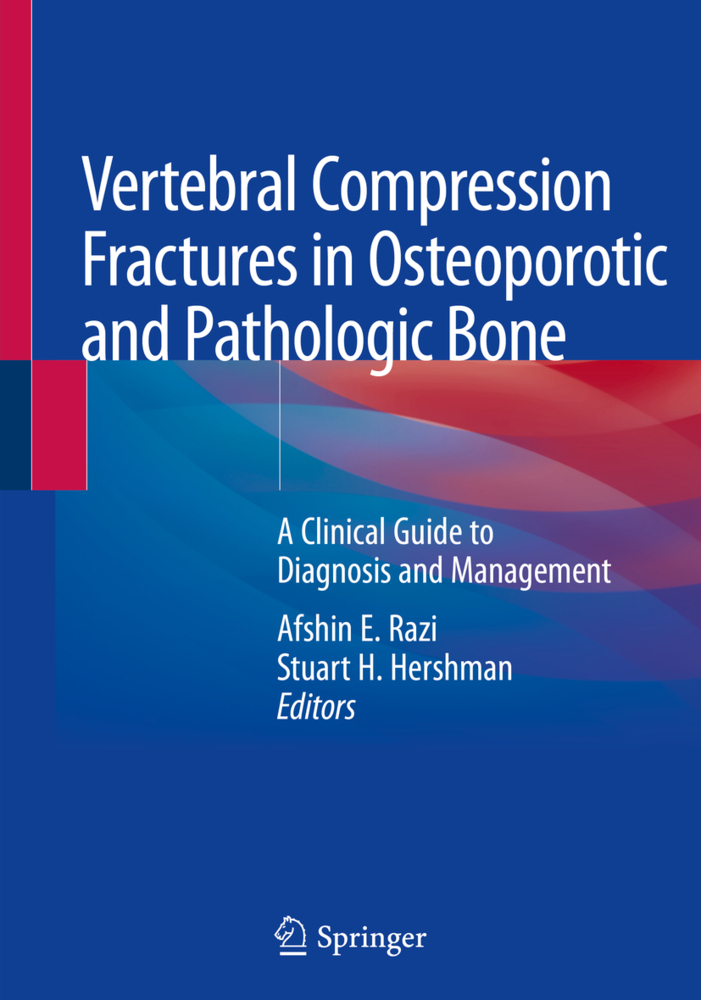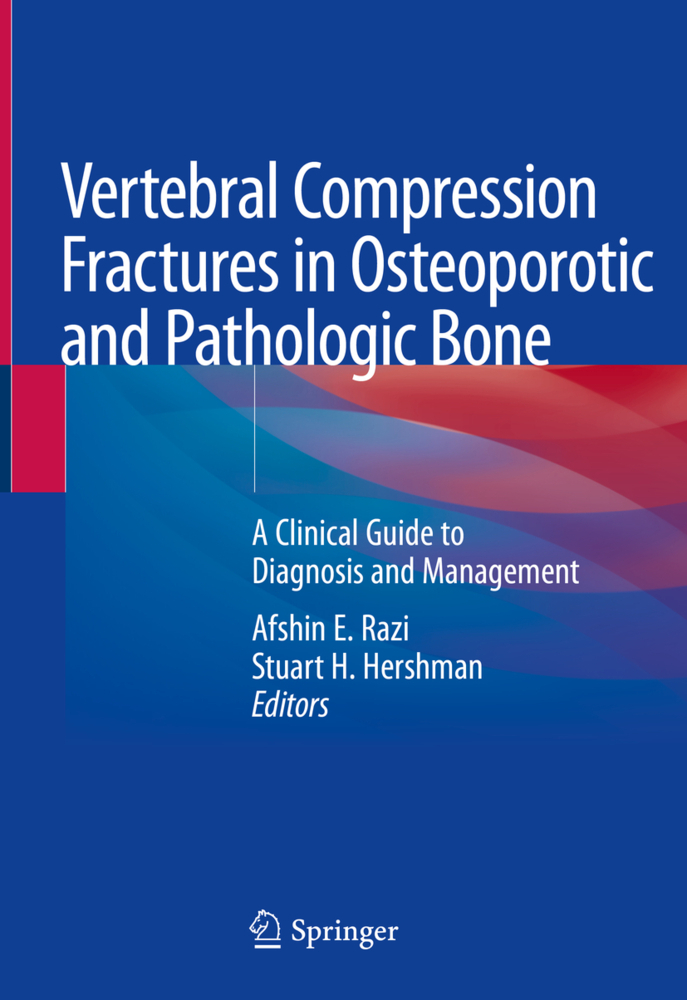Minimally Invasive Spine Surgery
Minimally Invasive Spine Surgery
The use of minimally invasive spine surgery (MISS) has grown rapidly over the last decade and remains the fastest growing area in spine surgery. Now in a revised and expanded second edition including 19 new chapters, this comprehensive textbook provides an updated presentation of the field of MISS, highlighting surgical techniques and clinical outcomes as well as providing a unique focus on how these techniques are applied for specific spinal conditions.
Minimally Invasive Spine Surgery, Second Edition includes detailed discussions of enabling technologies, surgical techniques, approaches to specific diseases and conditions, a new section on out-patient/ambulatory spine surgery, and strategies to manage the unique risks and complications associated with MISS. Each chapter, whether revised or new, is formatted in a consistent manner, including bulleted key learning points as well as review questions, pearls and pitfalls, and generous illustrations and intra-operative photographs.
Written and edited by thought leaders in the field, this user-friendly textbook will be an essential resource for orthopedic and neurosurgery trainees, as well as a valuable reference and review for spine surgeons and health care professionals who treat the spine.
History and Evolution of Minimally Invasive Spine Surgery.- Philosophy and Biology of Minimally Invasive Spine Surgery.- Economics of Minimally Invasive Spine Surgery .- Learning Curve for Minimally Invasive Spine Surgery.- The Role of MIS Spine Surgery in Global Health: A Development Critique.- Microscopes and Endoscopes.- Intraoperative Neurophysiology Monitoring.- Image Guidance in Minimally Invasive Spine Surgery .- Robotic-Assisted Spine Surgery.- Fusion Biologics and Adjuvants in Minimally Invasive Spine Surgery.- Use of Stem Cells in Spinal Treatments.- Lasers .- Radiation Exposure and Avoidance in Minimally Invasive Spine Surgery.- Posterior Cervical Decompression.- Thoracic Decompression.- Lumbar Decompression Using a Tubular Retractor System.- Endoscopic Decompression.- Interspinous and Interlaminar Devices for Decompression.- Minimally Invasive Posterior Cervical Fixation
Percutaneous Pedicle Screws.- Minimally Invasive Facet Screw Fixation.- Minimally Invasive Transforaminal Lumbar Interbody Fusion.- Minimally Invasive Midline Pars-Cortical Screw Techniques.- Minimally Invasive Spinous Process Fixation and Fusion.- Mini-Open Anterior Lumbar Interbody Fusion.- Minimally Disruptive Lateral Transpsoas Approach for Thoracolumbar Anterior Interbody Fusion.- Anterior Column Reconstruction for Sagittal Plane Deformity Correction.- Thoracoscopic Fusion.- Pre-Psoas Approaches for Thoracolumbar Interbody Fusion.- Endoscopic Spinal Fusion.- Navigated Spinal Fusion.- Cervical Herniated Nucleus Pulposus and Stenosis.- Thoracic Herniated Nucleus Pulposus.- Lumbar Herniated Nucleus Pulposus.- Lumbar Spinal Stenosis.- Lumbar Spondylolisthesis
Adolescent Scoliosis.- Adult Scoliosis.- Anterior Column Realignment (ACR): Minimally Invasive Surgery for the Treatment of Adult Sagittal Plane Deformity.- Thoracolumbar Spine Trauma.- Minimally Invasive Surgery for Spinal Tumors.- Pathologic Fractures.- How and When to Incorporate Minimally Invasive Surgery for Treatment of Deformity: Decision-Making.- Sacroiliac Joint Dysfunction.- Minimally Invasive Spine Surgery in the Elderly
Clinical and Economic Advantages of Out-Patient Spine Surgery
Clinical Outcomes of Outpatient Spine Surgery
Selection of Appropriate Patients for Outpatient Spine Surgery
Analgesia and Anesthesia to Enable Out-Patient Spine Surgery
Postoperative Care Following Outpatient Spine Surgery
Choice of Minimally Invasive Approaches: A Review of Unique Risks and Complications
Minimally Invasive Spine Surgery Complications with Implant Placement and Fixation
Neural and Dural Injury in Minimally Invasive Surgery
Pseudarthrosis.
Phillips, Frank M.
Lieberman, Isador H.
Polly, David W.
Wang, Michael Y.
| ISBN | 978-3-030-19006-4 |
|---|---|
| Artikelnummer | 9783030190064 |
| Medientyp | Buch |
| Auflage | 2. Aufl. |
| Copyrightjahr | 2020 |
| Verlag | Springer, Berlin |
| Umfang | XVIII, 702 Seiten |
| Abbildungen | XVIII, 702 p. 352 illus., 243 illus. in color. |
| Sprache | Englisch |










